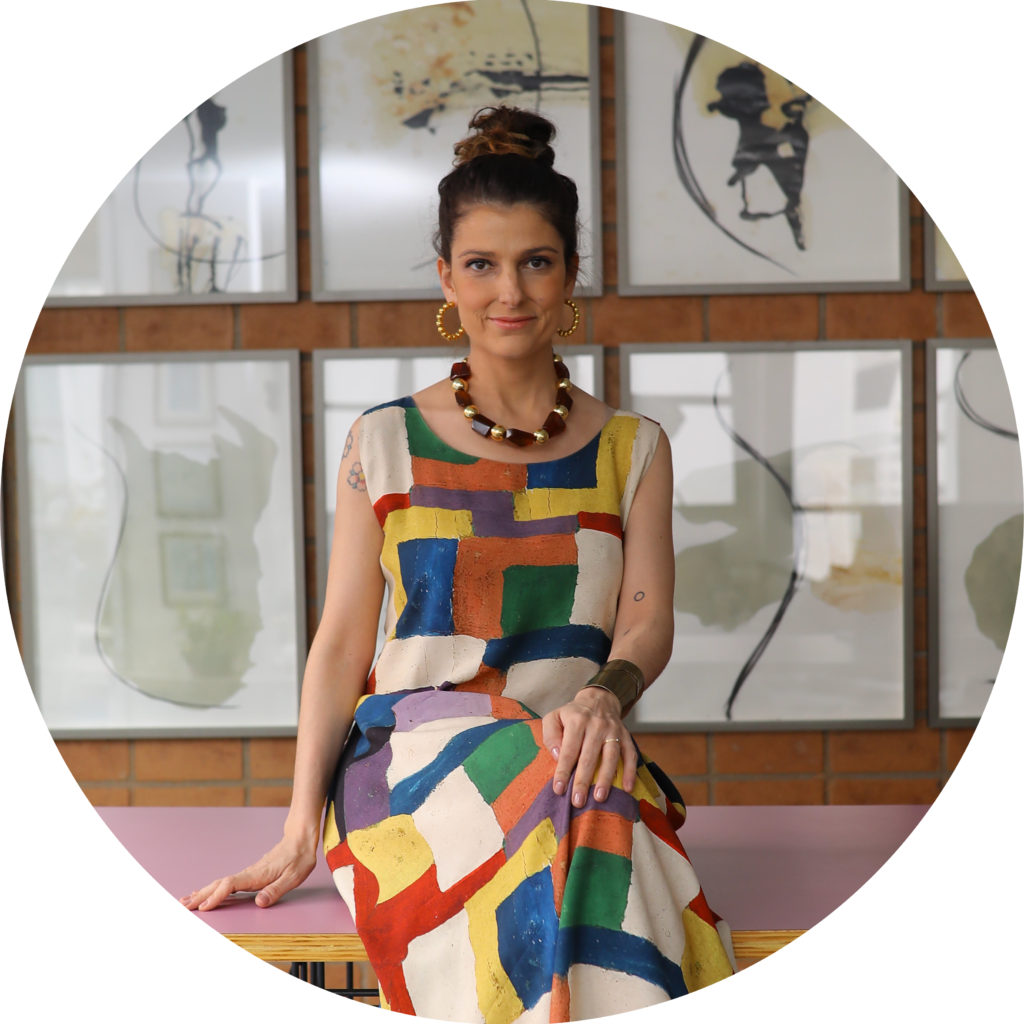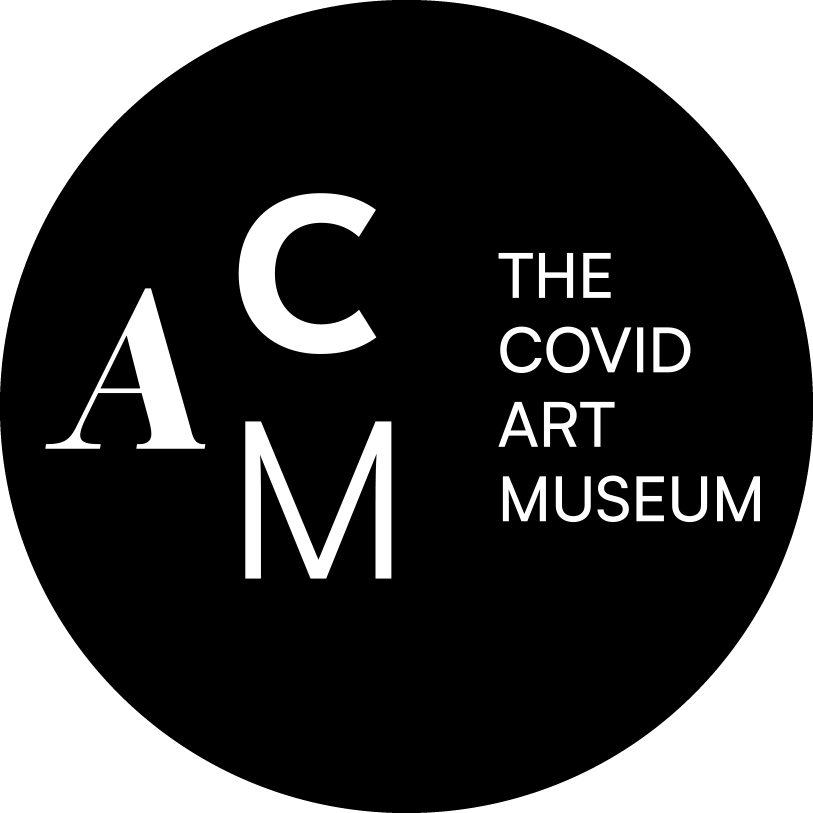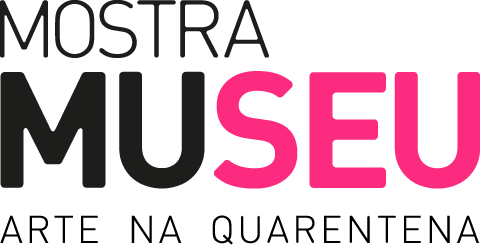
Mostra Museu: a breath of creativity
In the beginning, it was nothing. When the pandemic gave its first signs, the world stopped and we were all paralyzed. Nothing is established. But from it, a light was made. The sunlight that rises every day, but also the light propagated by technology, which, like a neural connection, made electricity run through the robotic and human veins of all who lived during this unique moment of humanity on earth. What at first was paralyzed, then, started running and inspiring our inner microcosms - and then our exteriors. Thus, art, culture and creative production were developed in several areas in 2020.
This was also how the Mostra Museu started. If before, it was nothing, it was built from the electrifying creative wave that boosted the Internet during this period and ultimately showed the total brightness of the human mind. Those who considered themselves artists or not, created. And a little of what we saw being born in such a fatal year has come together and now shows its face in a hybrid project, which mixes technology, presence and, of course, art.
Communication and human mobility go hand in hand once again. What begins in the field of ideas is now found at bus stops, subways and trains; in QR Codes and in images that invade our cell phones. Creations that were produced during this fateful year come together and flow into the light.
The choice of works produced by different artists, whether they are related to plastic arts, graphic design, cinema, or animation, was also made by others. All of whom felt the quarantine deep in their skin and survived the 365 days of the 2020 year that has since come to an end. What is controversial, however, is that physically 2020 may be over, but not without leaving a trace of productivity carried out in isolation and that continues. The air that blew so much in 2020 also brought us the creativity to reinvent ourselves. Now, 2021 begins with a uniting of art around the world in a sensitive project that sews this sinuous plot that has created a starting point to our own transformation.
Ana Carolina Ralston
Curator

Ana Carolina Ralston
Visual Arts Curator
Ana Carolina Ralston is an art curator and journalist in Brazil and internationally. She worked as art director at Kogan Amaro Gallery with galleries in both São Paulo, Brazil, and Zurich, Switzerland. She was the curator at FAMA museum, in Itu, Brazil from 2018 to 2020. She is currently editor-in-chief at Moda, a monthly magazine publication about fashion and culture that is part of a well-known newspaper in Brazil, O Estado. She was the senior editor of culture and lifestyle at Vogue Brazil from 2013 until 2018 and responsible for the editions of Harper’s Bazaar Art in 2019. She has a Master Degree in Cultural Journalism from Columbia New York University in Spain. Currently she is completing a post graduate degree in art, critic and curatorship at PUC-SP.
The Covid Art Museum
Visual Arts Co-curators
The Covid Art Museum is the first digital museum to display art created during the coronavirus pandemic. The museum was inaugurated on March 19, three days after the quarantine began in Spain, by Emma Calvo, Irene Llorca and José Guerrero, three creatives who work in the advertising area. The objective of The Covid Art Museum is to collect artistic testimonies about the health crisis, as well as to give visibility and value the works made by artists in their homes, in addition to building connections between people who have the same shared experience.
The works on display on social media have given rise to a pluralist display of what the pandemic means. Each artist brings his own experiences and reflections on this situation. The techniques used in the works are the most varied, including photographs, illustrations, installations, and animations. Today, the project has a digital collection of more than 1,000 works from 120 countries and its founders participate as co-curators of the Mostra Museu – Arte na Quarentena.


In March 2020, the coronavirus officially established a lockdown from our daily activities, and left us with many uncertainties. There was silence in the streets - and in us. The concert halls, the biggest source of income for musicians, closed. Yet, music kept everyone company as they isolated in their homes during a difficult and undeniably historic year. Once again culture helped us to survive, as the artists who provided us with joy reinvented themselves in the silences that surrounded them, never stopping to create.
From their thoughtful and generous heads, they gave us fruits that fed our ears and eyes. New seeds also sprouted in a time of shrinkage. In addition to songs, some of the artists recorded in new formats and from a distance. They gave us audiovisual records that mark a worldwide time full of protocols and care that demanded even more creativity than the normal musical scene.
No system will silence us, no system kept us quiet. Contraflow to asphyxiation and necropolitics, Brazilian culture has bent but not broken. And Mostra Museu is connected to the Brazilian culture through the music throughout the exhibition. This collection of renowned artists and new voices reinvented themselves and added new directions to Brazilian music that was provided even in distance and isolation.
At 70 years of age, Numa Ciro gave us a renovating shower of life and released his first album. From a new and effervescent generation of national rap, Baco Exu do Blues postponed a finished album and made another one - Não Tem Bacanal na quarentena - recorded in just three days, a new work for the present moment.
In this same year, at last worldwide commotion was caused due to racism starting with the murder of George Floyd by the American police. Musically speaking, São Paulo native Jup do Bairro emerged with her manifest album "Corpo Sem Juízo," which explores themes such as sexuality and gender from real life stories in the favelas. It is from the favelas too - those in Bahia - that came one of the best surprises of 2020: Yan Cloud and his album "Pinkboy."
From a show made months before the pandemic, Emicida brought us a documentary-lesson on Brazilian black culture and, as a gift, a meeting with Gilberto Gil. "To live is to leave, go back and share" says the song "É Tudo pra Ontem." Leave, go back, and share - is how Brazilian music flowed and continues to flow. We must put ourselves in our present time, without forgetting the past, in order to share in the expectation of a future in which art is better understood.
The pandemic has redefined the power of being heard, listened to, and shared. Brazil is much bigger and more diverse than it seems. It is feminine, black, indigenous, LGBTqIA+. It is this Brazil that should inspire us and needs to be listened to more so that our soundtracks have a little more love, awareness, and freedom in being and existing. So that, thus, we can meet together in shared understanding - and soon. Promises are held in 2021. Listen to the playlists of the Mostra Museu and watch the videos. They have a lot to tell us.
Pedro Henrique França
Curator
Pedro Henrique França
Music Curator
Pedro Henrique França is a journalist, director, and screenwriter. As a journalist, he worked and wrote about music in newsrooms such as Estadão and Joyce Pascowitch. He also finalized the direction and script for the video clips Nobody Asked for You", by Letrux, "De Ontem", by Liniker , "Náufrago", by Majur, and "Pedrinho", by Tulipa Ruiz - It was the winner of the best film at the Vitória Film Festival in the Music Video category, and best film and direction at the Los Angeles International Music Video, plus nominated for the MVF, Music Video Festival.
He founded the collective Representa, which is dedicated to audiovisual projects with a focus on promoting diversity. He was a curator and mentored Natura Musical 2020, which included more than 40 artists, bands, and cultural collectives.

